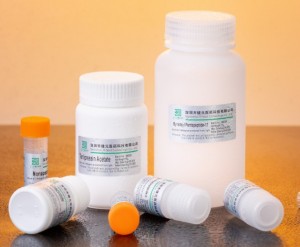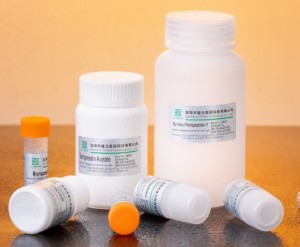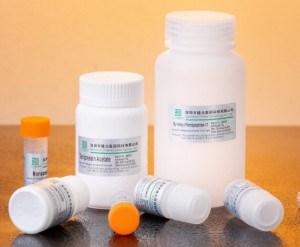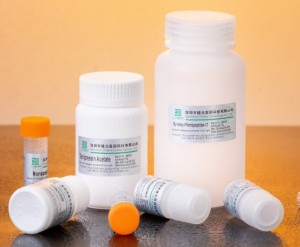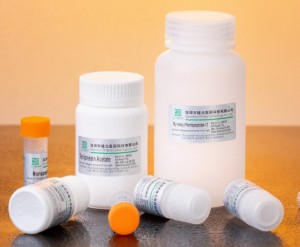Hot Sale Local Anesthetics Lidocaine-Base CAS 137-58-6 Lidocaine-Apis for Pain Relief
Basic Info
Model NO.: 137-58-6
Product Name: Lidocaine Base
Synonyms: 2-(Diethylamino)-N-(2,6-dimethylphenyl)-acetamide; Lignocaine; 2-diethylaminoacet-2,6-xylidide; Lidocaine; Xylocaine; N-(2,6-dimethylphenyl)-N~2~,N~2~-diethylglycinamide; 2-[(2,6-dimethylphenyl)amino]-N,N-diethyl-2-oxoethanaminium
Appearance: White crystal
M.F.: C14h22n2o
Availability: Adult
Policy: Re-Shipping Policy
Usage: Muscling
Trademark: Pharmlab
Grade: Pharmaceutical Grade
HS Code: 1000003
Certification: ISO 9001, USP, GMP
Purity: >99%
M.W.: 234.33700
CAS No.: 137-58-6
Delivery: 3~5 days
Payment: Western Union, Moneygram, Tt, Bitcoin
Package: Disguised pacakge; Foil bag
Shipping Method: EMS, HKEMS, FEDEX, DHL, UPS, Aramex, ETC
Origin: China
About Lidocaine
Lidocaine, along with ethanol, ammonia, and acetic acid, has also been proven to be effective in treating jellyfish stings, both numbing the affected area and preventing further nematocyst discharge.
Lidocaine is also the most important class-1b antiarrhythmic drug; it is used intravenously for the treatment of ventricular arrhythmias (for acute myocardial infarction, digoxin poisoning, cardioversion, or cardiac catheterization) if amiodarone is not available or contraindicated. Lidocaine should be given for this indication after defibrillation, CPR, and vasopressors have been initiated. A routine prophylactic administration is no longer recommended for acute cardiac infarction; the overall benefit of this measure is not convincing.
There is tentative evidence for topical lidocaine for neuropathic pain.Intravenous lidocaine also has uses as a temporary fix for tinnitus. Although not completely curing the disorder, it has been shown to reduce the effects by around two-thirds.
Inhaled lidocaine can be used as an antitussive (cough suppressor) acting peripherally to reduce the cough reflex. This application can be implemented as a safety and comfort measure for patients who have to be intubated, as it reduces the incidence of coughing and any tracheal damage it might cause when emerging from anesthesia.
The efficacy profile of lidocaine as a local anesthetic is characterized by a rapid onset of action and intermediate duration of efficacy. Therefore, lidocaine is suitable for infiltration, block, and surface anesthesia. Longer-acting substances such as bupivacaine are sometimes given preference for subdural and epidural anesthesias; lidocaine, though, has the advantage of a rapid onset of action. Epinephrine (adrenaline) vasoconstricts arteries, reducing bleeding and also delays the resorption of lidocaine, almost doubling the duration of anaesthesia. For surface anesthesia, several available formulations can be used for endoscopies, before intubations, etc. Buffering the pH of lidocaine makes local freezing less painful.Lidocaine drops can be used on the eyes for short ophthalmic procedures.
Utilization
Lidocaine,xylocaine, or lignocaine is a common local anesthetic and class-1b antiarrhythmic drug. Lidocaine is used topically to relieve itching, burning, and pain from skin inflammations, injected as a dental anesthetic, or used as a local anesthetic for minor surgery.
Appliance in Practice
Lidocaine crosses the blood-brain and placental barriers, presumably by passive diffusion.
Lidocaine is metabolized rapidly by the liver, and metabolites and unchanged drug are excreted by the kidneys. Biotransformation includes oxidative N-dealkylation, ring hydroxylation, cleavage of the amide linkage, and conjugation. N-dealkylation, a major pathway of biotransformation, yields the metabolites monoethylglycinexylidide and glycinexylidide. The pharmacological/toxicological actions of these metabolites are similar to, but less potent than, those of Lidocaine. Approximately 90% of Lidocaine administered is excreted in the form of various metabolites, and less than 10% is excreted unchanged.
Applications:
Lidocaine may be absorbed following topical administration to mucous membranes, its rate and extent of absorption depending upon the specific site of application, duration of exposure, concentration, and total dosage. In general, the rate of absorption of local anesthetic agents following topical application occurs most rapidly after intratracheal administration. Lidocaine is also well-absorbed from the gastrointestinal tract, but little intact drug appears in the circulation because of biotransformation in the liver.
Lidocaine is metabolized rapidly by the liver, and metabolites and unchanged drug are excreted by the kidneys. Biotransformation includes oxidative N-dealkylation, ring hydroxylation, cleavage of the amide linkage, and conjugation. N-dealkylation, a major pathway of biotransformation, yields the metabolites monoethylglycinexylidide and glycinexylidide. The pharmacological/toxicological actions of these metabolites are similar to, but less potent than, those of lidocaine. Approximately 90% of lidocaine administered is excreted in the form of various metabolites, and less than 10% is excreted unchanged. The primary metabolite in urine is a conjugate of 4-hydroxy-2,6-dimethylaniline.
The plasma binding of lidocaine is dependent on drug concentration, and the fraction bound decreases with increasing concentration. At concentrations of 1 to 4 mcg of free base per mL, 60 to 80 percent of lidocaine is protein bound. Binding is also dependent on the plasma concentration of the alpha-l-acid glycoprotein.
Lidocaine crosses the blood-brain and placental barriers, presumably by passive diffusion.
Studies of lidocaine metabolism following intravenous bolus injections have shown that the elimination half-life of this agent is typically 1.5 to 2 hours. Because of the rapid rate at which lidocaine is metabolized, any condition that affects liver function may alter lidocaine kinetics. The half-life may be prolonged two-fold or more in patients with liver dysfunction. Renal dysfunction does not affect lidocaine kinetics but may increase the accumulation of metabolites.
Factors such as acidosis and the use of CNS stimulants and depressants affect the CNS levels of lidocaine required to produce overt systemic effects. Objective adverse manifestations become increasingly apparent with increasing venous plasma levels above 6 mcg free base per mL. In the rhesus monkey arterial blood levels of 18 to 21 mcg/mL have been shown to be threshold for convulsive activity.
1. The efficacy profile of lidocaine as a local anesthetic is characterized by a rapid onset of action and intermediate duration of efficacy. Therefore, lidocaine is suitable for infiltration, block, and surface anesthesia. Longer-acting substances such as bupivacaine are sometimes given preference for subdural and epidural anesthesias; lidocaine, though, has the advantage of a rapid onset of action.
2. Epinephrine vasoconstricts arteries, reducing bleeding and also delays the resorption of
lidocaine, almost doubling the duration of anaesthesia. For surface anesthesia, several available
formulations can be used e.g. for endoscopies, before intubations, etc. Buffering the pH of lidocaine
makes local freezing less painful.[2] Lidocaine drops can be used on the eyes for short ophthalmic
procedures.
3. Relative insensitivity to lidocaine is genetic. In hypokalemic sensory overstimulation, relative
insensitivity to lidocaine has been described in people who also have attention deficit hyperactivity
disorder.In dental anesthesia, a relative insensitivity to lidocaine can occur for anatomical reasons
due to unexpected positions of nerves. Some people with Ehlers-Danlos syndrome are insensitive to lidocaine.
4. Lidocaine, along with ethanol, ammonia, and acetic acid, has also been proven to be effective in
treating jellyfish stings, both numbing the affected area and preventing further nematocyst discharge.
Our advantages:
1.Good quality.All products are produced under GMP conditions according to Standard Operation Procedure(SOP), not from little underground labs or black markets, so the quality is guaranteed.
2.Discreet packing methods.For your safety and to insure delivery all products will be packed in a discreet way to prevent any suspicions, no steroids related name will appear on the parcels.
3.99.99% customs clearance rate.We have rich experience in shipping parcel to USA, Australia, UK, Canada, Brazil, Russia, Germany, Poland, Mexico, etc.
4.Injectable steroid.We offer melting powder into liquid service.And ship the liquid in special bottles.
5.Discreet packing methods.For your safety and to insure delivery all products will be packed in a discreet way to prevent any suspicions, no steroids related name will appear on the parcels.
6.99.99% customs clearance rate.We have rich experience in shipping parcel to USA, Australia, UK, Canada, Brazil, Russia, Germany, Poland, Mexico, etc.
7.Injectable steroid.We offer melting powder into liquid service.And ship the liquid in special bottles.
Any needs, please feel free to contact me.
Whatsapp:+8615308670259
Skype:+8615308670259
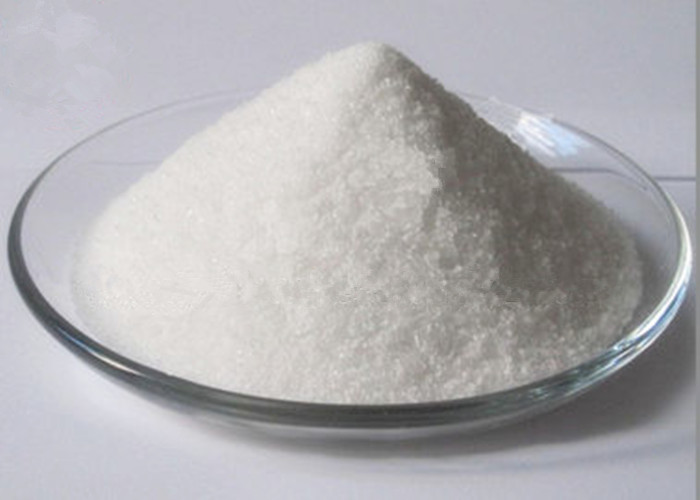
 English
English Español
Español Русский
Русский עברית
עברית Français
Français











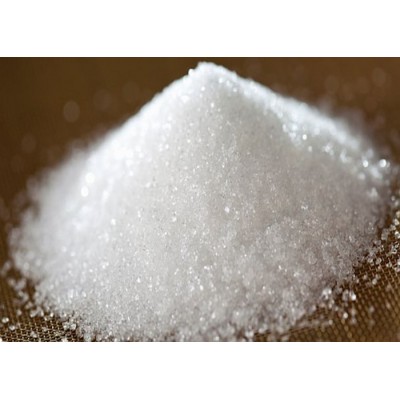




 Product quality protection
Product quality protection 
